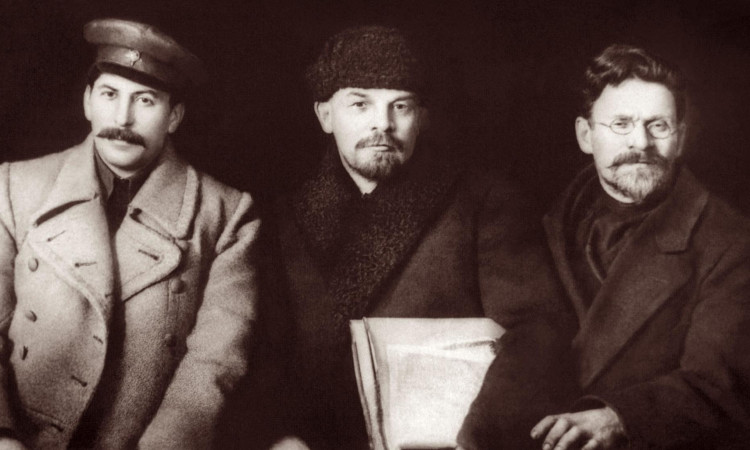Harpal Brar, historian, political analyst and former chairman of Britain’s communist party (the CPGB-ML) gives a presentation in May 2018 on the Soviet preparations for WW2.
In the late 1930s, with German Nazi imperialists set on the path to war, and with their declared intention of subjugating the ‘Slavic peoples’ of the USSR and making Russia their ‘lebensraum’, or ‘living-space’ – ie, colonial territory – it was clear to all that Germany’s mobilisation was a direct threat to the hard-won independence and peaceful construction of the USSR.
British and French imperialism had every reason to hope that Germany’s declared intention of heading east would be consummated. Such a ‘Napoleonic’ adventure, they calculated, would destroy the ‘upstart’ workers’ republic and weaken their rival imperial power in the same stroke. This plan was fervently pursued by the ‘allied’ powers, notably prime minister Neville Chaimberlain and his adherents.
It was not without cause that our beloved ‘British Royals’, hated by a large section of British workers as the relatives of overthrown tsar ‘Bloody Nick’, were openly pro-fascist (our own Queen Elizabeth II learning to perform a Nazi salute at a tender age, for example).
The fact that every single major western ‘democratic’ imperialist power, as well as fascist Italy and Japan, concluded pacts of friendship with Nazi Germany, ceding even sovereign European nations (Austria and especially Czechoslovakia in the famous Hitler-Chamberlain pact of 1939, supposedly guaranteeing ‘peace in our time’) to the German Wehrmacht, while blocking and denying every attempt of the Soviet Union to conclude mutual security or assistance agreements, was not lost on Josef Stalin and the leadership of the USSR.
It was in this atmosphere that the USSR sought to ensure that it did not face the combined might of aggressive imperialism, which was hell-bent on destroying the peace and happiness of the young workers’ state.
It is in this light that the actual events – which must be carefully disentangled from the imperial propaganda – of the Russo-Finnish war, the creation of the Baltic Soviet republics and the German-Soviet non-aggression pact (Molotov-Ribbentrop or so-called Hitler-Stalin pact) must be understood.
In fact, the Soviet Union was a model of reason and enlightenment in its international policy, as in her domestic affairs. But the USSR could not but treat the threats to her life with the utmost seriousness and make every preparation for the defence of her borders, sovereignty and social system. Not to do so would have been the most criminally cavalier and cowardly act, jeopardising not only the Russian revolution, but the freedom of the Soviet republics and the whole fate of humanity.
The bourgeois historical-revisionist attempt to recast the USSR as the villain – even to the extent of casting Hitler as the victim, in extreme cases – must be seen for the shallow propagandistic sally and historical falsehood that it is.
The success of Soviet prewar measures may be judged by the ultimate outcome of those preparations; and by the enormous sacrifices that the Soviet people and Red Army, under the leadership of the Communist Party of the Soviet Union (Bolshevik) and Joseph Stalin as their undoubted leader, made in order to successfully defend the USSR.
It was the Red Army that tore the guts out of the Wehrmacht. It was the strength of Soviet socialism, its economic and political superiority, and the moral justice of its cause, which motivated its defenders and prevented the global triumph of fascism.
A real evaluation of the Soviet victory over fascism can be seen here.
I know that after my death, a pile of rubbish will be heaped on my grave, but the wind of history will sooner or later sweep it away without mercy.
–– Josef Stalin














